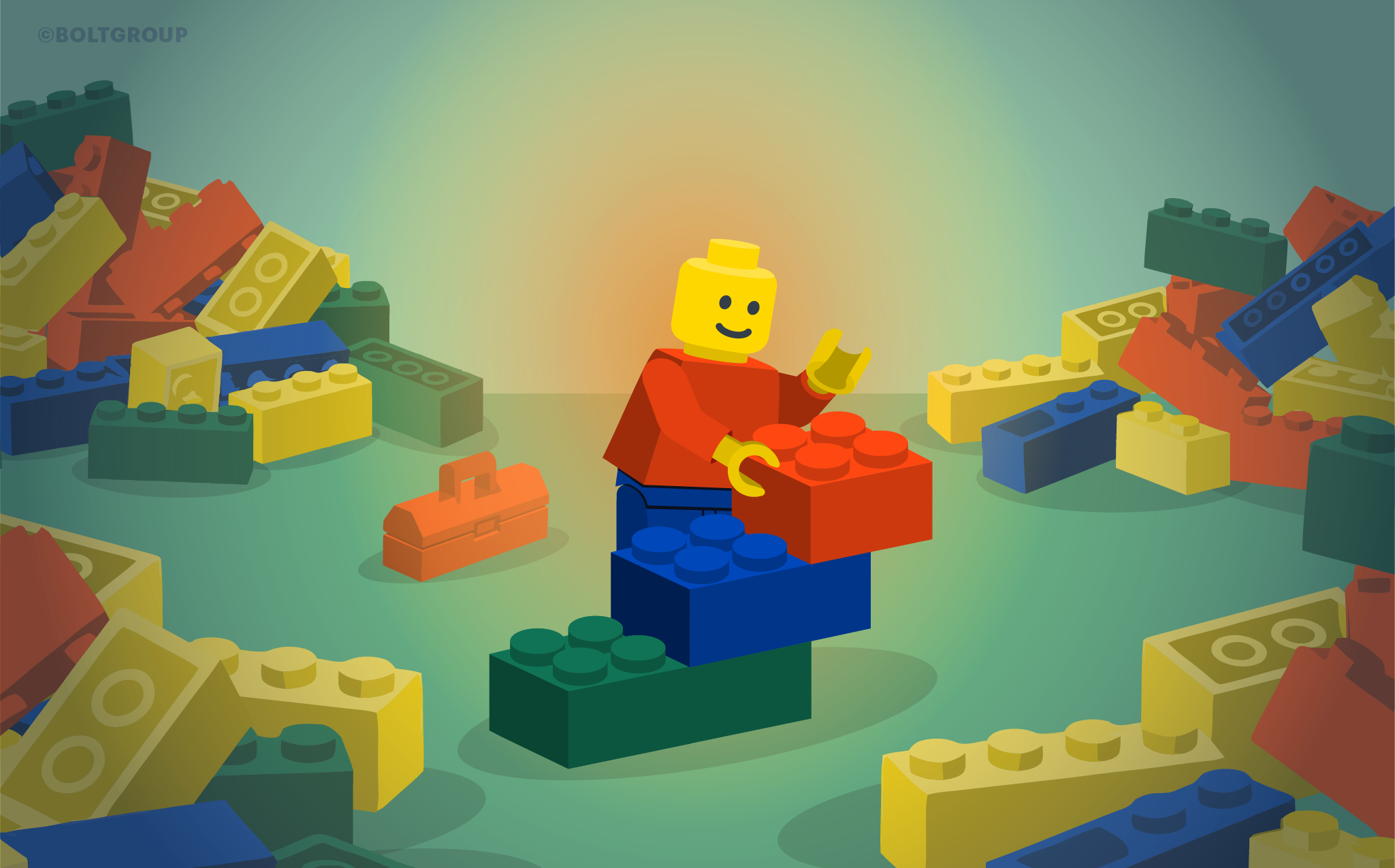Less, Better: How LEGO Rebuilt its Empire One Brick at a Time
In 2003, LEGO was $800 million in debt and hemorrhaging cash. A household name? Absolutely. A beloved brand? No doubt. But a sustainable business? Not even close.
What happened next wasn’t your typical turnaround tale. While most struggling companies chase growth—diversifying, expanding, acquiring—LEGO did the opposite. They got smaller. Sharper. More intentional. And in doing so, they rediscovered their soul.
At the center of this shift was Jørgen Vig Knudstorp, a former McKinsey consultant turned CEO. Not a toy guy, a problem solver. And he saw LEGO’s issues as cultural, not just financial.
LEGO had lost its way. It was trying to be everything to everyone—video games, theme parks, apparel, movies. Somewhere in all that noise, it lost touch with what made LEGO, well…LEGO.
Knudstorp made bold, even heretical decisions. He sold the theme parks. Axed licensing deals that didn’t serve the brand’s core. Cut 30% of the product line. Critics scoffed: “You can’t shrink your way to greatness.”
But he wasn’t shrinking. He was sculpting. Refining. Reconnecting the brand to its essence: creativity through simplicity.
And that’s when everything changed.
This wasn’t just a financial recovery; it was a cultural realignment. A re-centering around purpose. A reminder that innovation doesn’t mean more. It means better. It means solving problems in more elegant, human, meaningful ways.
That’s design thinking. That’s design leadership.
Fast Company spotlighted this evolution in 2015, noting how LEGO opened up to its community and embraced external ideas. It went from insular to inclusive, recognizing a vital truth voiced by Stiven Kerestegian, Senior Manager Open Innovation at LEGO:
“99.99% of the world’s smartest people don’t work for us.”
We know something about that at BOLTGROUP.
One of our own, David Bulfin, a gifted product designer and design director here at BOLTGROUP, was offered a lead position with LEGO’s design team in 2022. Not in some remote collaboration, but at the mothership in Billund, Denmark. The heart of LEGO. It was a dream he’d carried since childhood. And when it came true, we did what design-led cultures do: we encouraged him to go. We insisted.
Yes, it meant losing one of our very best. But it also meant seeing one of our own thrive inside a culture that shares our values, where design is not decoration, but purpose. Not a department, but a mindset. David fit in seamlessly. He’s thriving. And honestly, we’re proud as he.., heck.
Because this is what happens when design becomes more than just a practice. It becomes a way of working. A way of thinking. A way of being.
Fast forward five years from LEGO’s collapse. Not only were they profitable, but they were also soaring. A brand reborn. A company reimagined. In 2015, they were named the world’s most powerful brand (Forbes Article). And now, in 2025, their new partnership with Formula 1 proves the point:
Staying true to your core doesn’t limit your future—it powers it.
And yes, David is in the middle of that, too.
